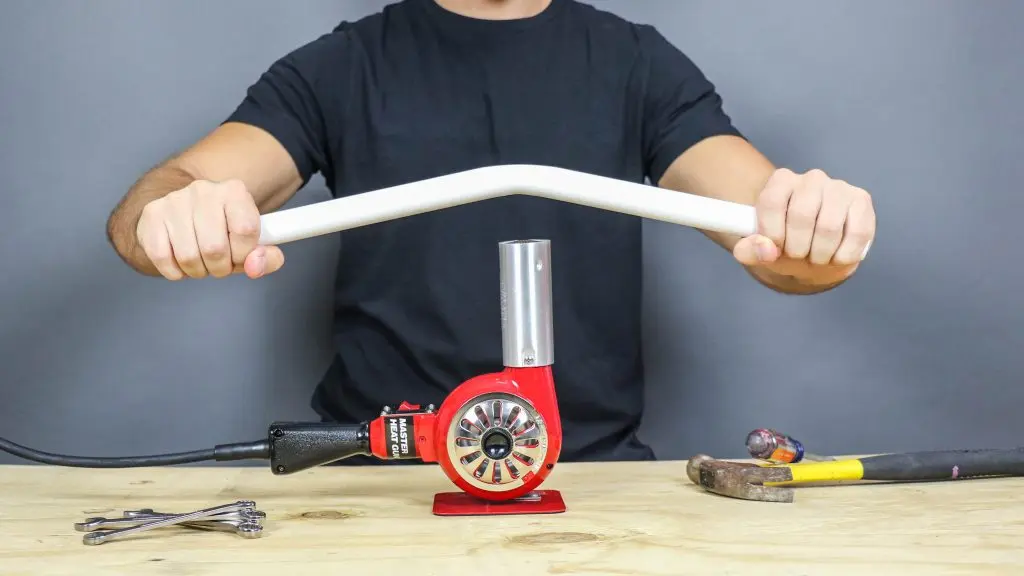Dec . 14, 2024 09:28 Back to list
High-Density Polyethylene Reducer Coupling Applications and Services for Optimal Performance
Understanding HDPE Reducer Couplings An Essential Component in Fluid Systems
High-Density Polyethylene (HDPE) is a versatile and durable plastic material widely used in various industrial applications, particularly for piping systems. Among the array of fittings utilized in such systems, the HDPE reducer coupling plays a critical role, allowing for the seamless transition between pipes of different diameters. This article explores the features, benefits, applications, and maintenance of HDPE reducer couplings, emphasizing their importance in fluid transportation systems.
What is an HDPE Reducer Coupling?
An HDPE reducer coupling is a specialized fitting that connects two pipes of different sizes. By providing a smooth, gradual transition from a larger diameter pipe to a smaller one (or vice versa), these couplings ensure efficient fluid flow and reduce the risk of turbulence that can lead to pressure loss and potential damage in a piping system. HDPE reducer couplings are typically used in applications involving water, gas, and other fluids in various industries.
Features of HDPE Reducer Couplings
1. Durability and Resistance HDPE is known for its chemical resistance, making HDPE reducer couplings suitable for various environments, including those that may expose them to corrosive substances. This resistance extends the life of the coupling and reduces the need for frequent replacements.
2. Lightweight and Easy to Handle Compared to traditional metal fittings, HDPE reducer couplings are significantly lighter. This makes installation easier and less labor-intensive, allowing for quicker assembly in the field.
3. Cost-Effective The longevity and durability of HDPE materials translate to lower lifetime costs. Although the initial investment may be comparable to other materials, the reduced maintenance and replacement costs make HDPE an economical choice.
4. Versatility HDPE reducer couplings can be used in a wide range of applications, from municipal water supply systems to agricultural irrigation and industrial processes.
Benefits of Using HDPE Reducer Couplings
1. Enhanced Flow Dynamics The tapered design of reducer couplings minimizes the risk of turbulence and pressure drops. This ensures that fluids flow smoothly between pipes, optimizing system performance.
2. Ease of Installation Most HDPE couplings feature a simple push-fit mechanism or can be welded directly to the pipes, making installation straightforward. This efficiency can be particularly vital in time-sensitive projects.
3. Resistance to Environmental Factors HDPE's robust characteristics allow couplings to withstand extreme temperatures and ultraviolet (UV) radiation, making them suitable for outdoor installations without degradation.
4. Reduced Leak Potential With proper installation, HDPE reducer couplings provide a secure fit that significantly reduces the likelihood of leaks. This characteristic is crucial in preventing fluid loss and environmental contamination.
hdpe reducer coupling service

Applications of HDPE Reducer Couplings
HDPE reducer couplings find use in various sectors, including
- Municipal Water Supply Utilized in both potable and non-potable water systems to connect different pipe sizes in distribution networks.
- Irrigation Systems In agricultural settings, these couplings facilitate efficient water delivery, ensuring crops receive adequate hydration.
- Oil and Gas HDPE is used in the transportation of oil and gas, where reducer couplings help manage flow rates and pressures.
- Industrial Processing Many manufacturing and processing plants employ HDPE piping systems for transporting chemicals and other fluids across various stages of production.
Maintenance and Best Practices
To ensure the longevity and efficiency of HDPE reducer couplings, proper installation and periodic maintenance are essential. Here are a few best practices
1. Proper Alignment Ensure that the pipes being connected are properly aligned to avoid undue stress on the coupling.
2. Regular Inspections Periodically inspect the couplings for signs of wear, damage, or misalignment. Early detection of issues can prevent more significant problems in the future.
3. Adhere to Manufacturer Guidelines Always follow the manufacturer's specifications for installation and maintenance to ensure optimal performance and warranty compliance.
Conclusion
HDPE reducer couplings are an integral component of modern fluid transportation systems. With their unique features and numerous benefits, they provide a reliable solution for connecting pipes of varying sizes in a wide range of applications. By understanding their functions, advantages, and maintenance needs, industries can enhance their fluid management systems, ensuring efficient and safe operations. As the demand for sustainable and reliable piping solutions continues to grow, the role of HDPE reducer couplings in various sectors will undoubtedly remain pivotal.
-
High-Quality PVC Borehole Pipes Durable & Versatile Pipe Solutions
NewsJul.08,2025
-
High-Quality PVC Perforated Pipes for Efficient Drainage Leading Manufacturers & Factories
NewsJul.08,2025
-
High-Quality PVC Borehole Pipes Durable Pipe Solutions by Leading Manufacturer
NewsJul.08,2025
-
High-Quality PVC Borehole Pipes Reliable PVC Pipe Manufacturer Solutions
NewsJul.07,2025
-
High-Quality UPVC Drain Pipes Durable HDPE & Drain Pipe Solutions
NewsJul.07,2025
-
High-Quality Conduit Pipes & HDPE Conduit Fittings Manufacturer Reliable Factory Supply
NewsJul.06,2025

